The Nordic countries are leading the way for adopting a future without cash transactions, while Armenia, Georgia, and Germany fall behind, according to a recent analysis.
Europe’s Nordic countries are more prepared for a future where cash is no longer used in transactions than the rest of Europe, a new analysis has shown.
Finansplassen, a Norwegian finance information site, aggregated data from the World Bank, Eurostat, and other publicly-available data banks to look at how adapted each European country was to let people pay without cash.
They evaluated the number of ATMs and payment terminals available per 100,000 people, the limit that cardholders could spend while contactless shopping, and the number of people who are online banking.
Fewer ATMs means the country is less reliant on cash and a higher number of payment terminals means there’s a "greater infrastructure," for electronic transfers, according to a spokesperson from Finansplassen.
Their analysis showed that Norway is the most prepared for a cashless future: it has one of the lowest numbers of ATMs and around 96 per cent of the population does online banking, according to the analysis.
Finland and Denmark come second and third in the analysis because they have more ATMs than Norway and slightly fewer payment terminals, but roughly the same percentage of people who use online banking.
The Netherlands, Sweden, Iceland, Estonia, Lithuania, Cyprus, and Switzerland rounded off the top 10 in the analysis while Armenia, Georgia, and Germany were the least adapted to cashless systems.
Why Nordic countries?
Five of the top 10 cashless countries are Nordic countries, according to the study.
Olle Pettersson, a personal finance expert at Finansplassen, told Euronews Next that the Nordic countries in particular find cashless systems "useful" because these systems help overcome some of their challenges, like sparse population density or harsh weather conditions that make traditional payments a bit harder.
These countries also have an advantage, Pettersson continued, because they have high trust in public institutions and small populations, making it easier to try out new policies.
In 2016, Norway’s largest bank DNB called to stop using cash because it was concerned about illegal activities like money laundering, according to the Independent.
Around the same time, consumers flocked to Vipps MobilePay, a “Nordic mobile wallet” that lets their customers “send money as easy as sending a text,” according to their website.
Launched in 2015, Vipps MobilePay now extends to 11.5 million users in Norway, Finland and Denmark, the company says.
But recently, there have been moves from the Norwegian Parliament to move its citizens back to cash. In October, Parliament passed changes to their Financial Agreements Act that will make it easier for Norwegians to pay in cash if need be.
"In a digital world, it can be easy to forget that there is a large group of people who are not digital," Emilie Enger Mehl, Norway’s minister for Justice and Emergency, said at the time.
"Cash is also an important preparedness for society".
Norway’s Directorate for Civil Protection (DSB) recommends that everyone keep some cash around due to the vulnerability of digital payment systems to digital attacks.
"The world around us is becoming increasingly troubled, with war, digital threats and climate change," Mehl added.
"We must be prepared for long-term power outages, system failures or digital attacks that lead to the failure of the digital payment solutions".
In Denmark, cash payments make up only 8 per cent of all transactions in the country in 2023, according to a paper by the national bank.
Danes are more likely to use mobile payments because the buyer "always has their mobile with them," and can easily come up with the exact amount needed to pay, the report said.
"Although the use of cash is declining, it is still needed in society," Christian Kettel Thomsen, the governor of Denmark’s National Bank, said in a statement.**
What’s spurred on cashless payments?
The COVID-19 pandemic increased cashless payments throughout the world, going up from an average of 91 cashless payments per person every year in 2017 to roughly 135 in 2020, according to the World Bank.
The European Central Bank (ECB) found a similar trend in Europe. A 2023 survey showed that 59 per cent of transactions in 2022 were made in cash, down from 72 per cent in 2019.
The ECB said that change "cannot be determined" by one factor but suggested "payment behaviours" learned during the pandemic outlasted the restrictions.
The majority of consumers in Europe prefer paying with cards or other cashless ways to pay because it's more convenient, the survey continued. Yet, 60 per cent of those surveyed still said they wanted a way to pay in cash.

 4 months ago
35
4 months ago
35
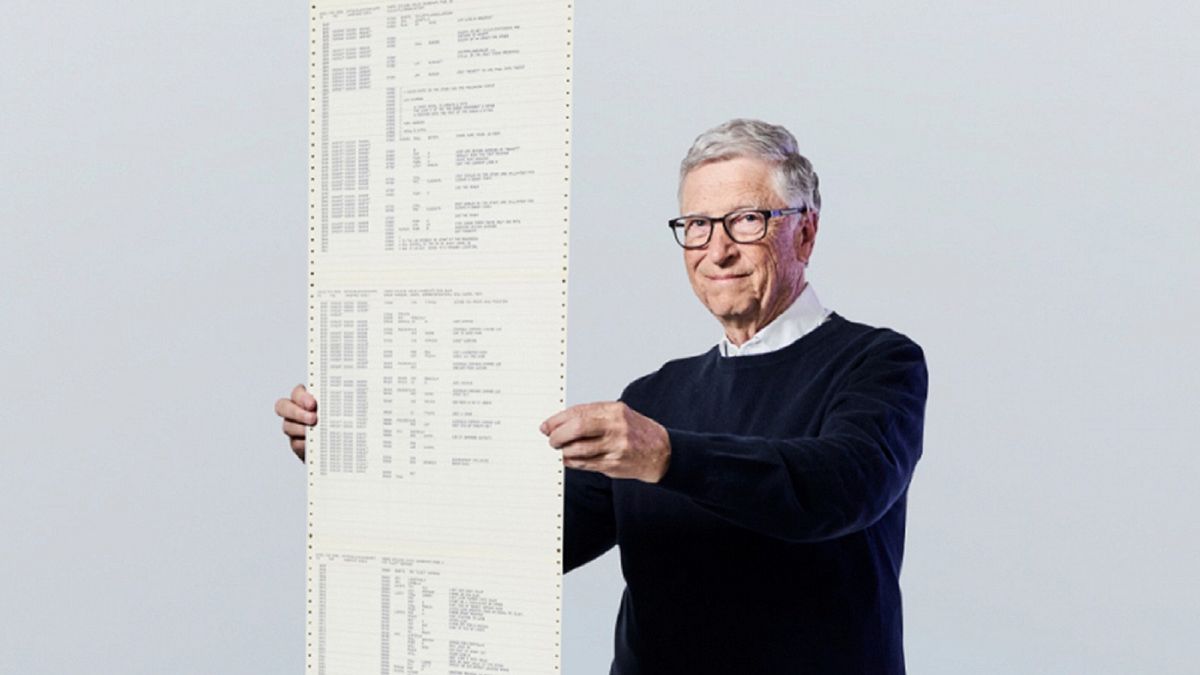
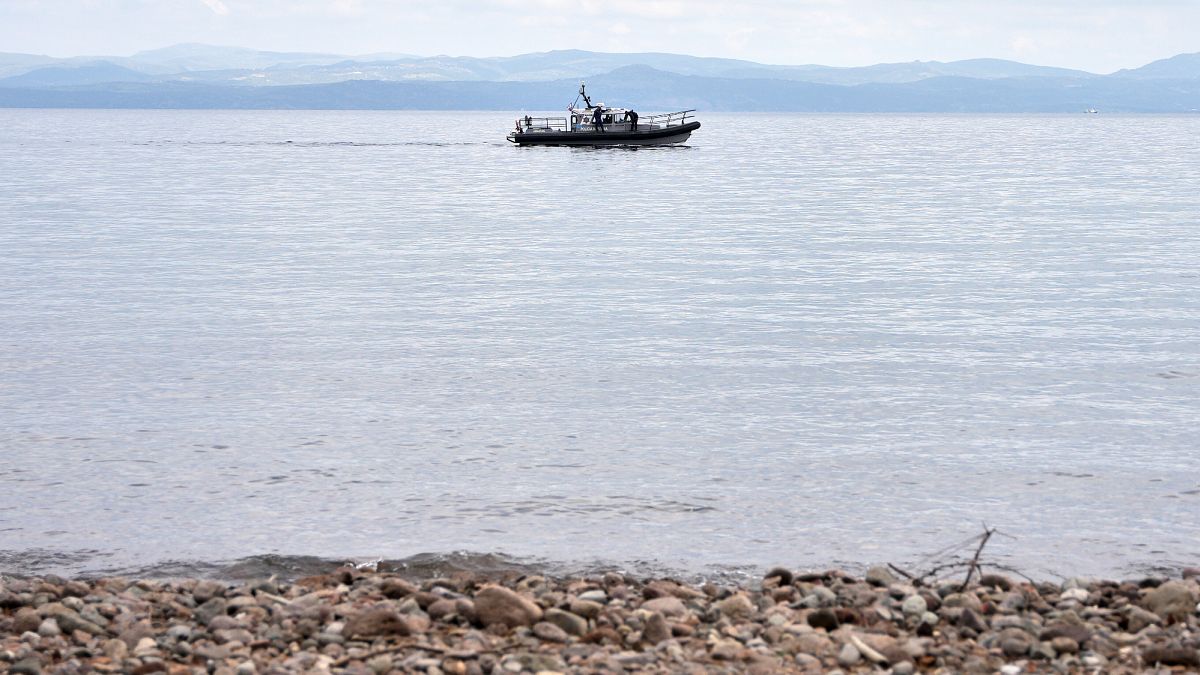
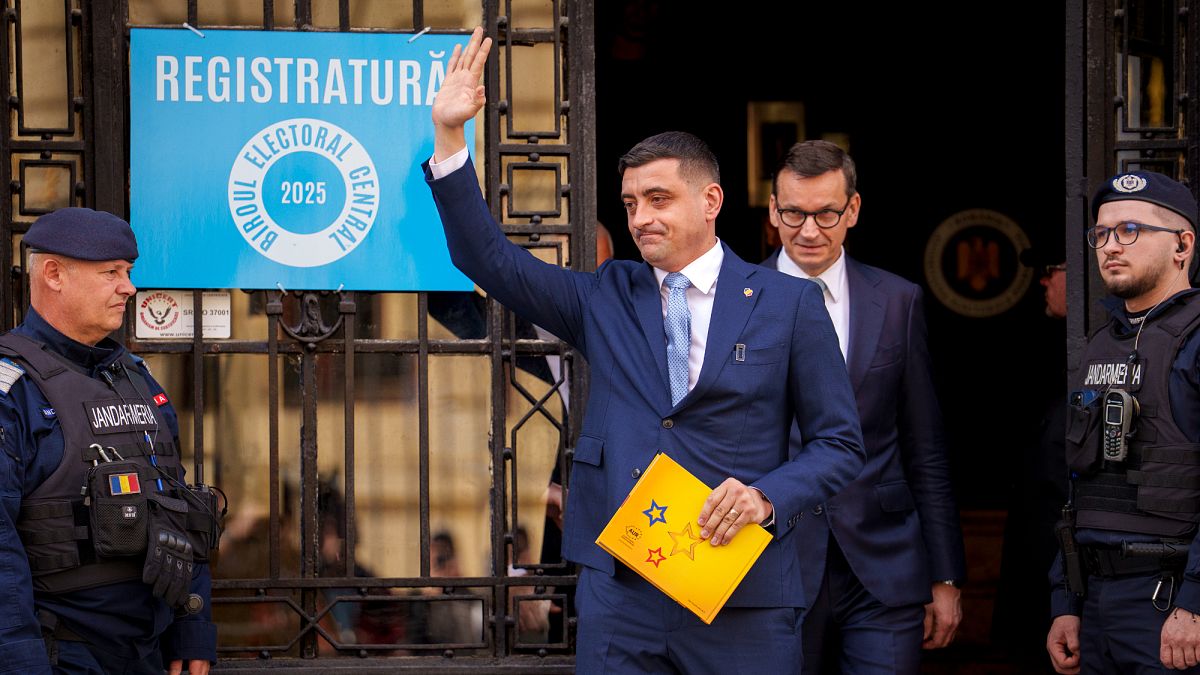
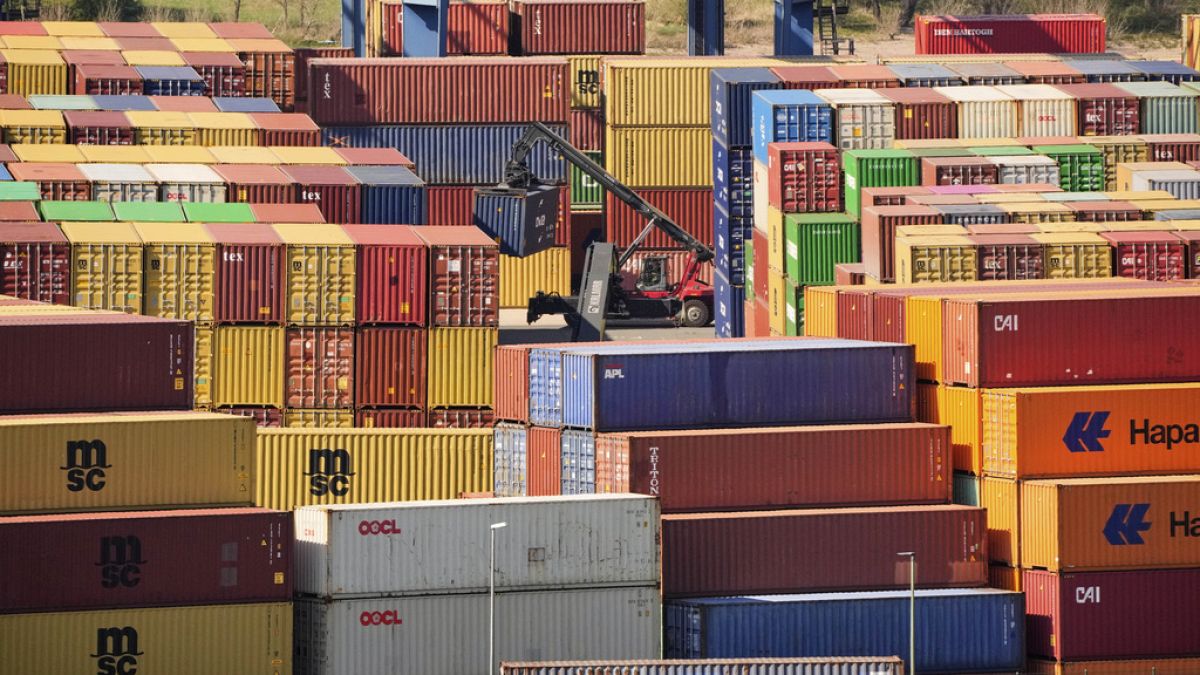
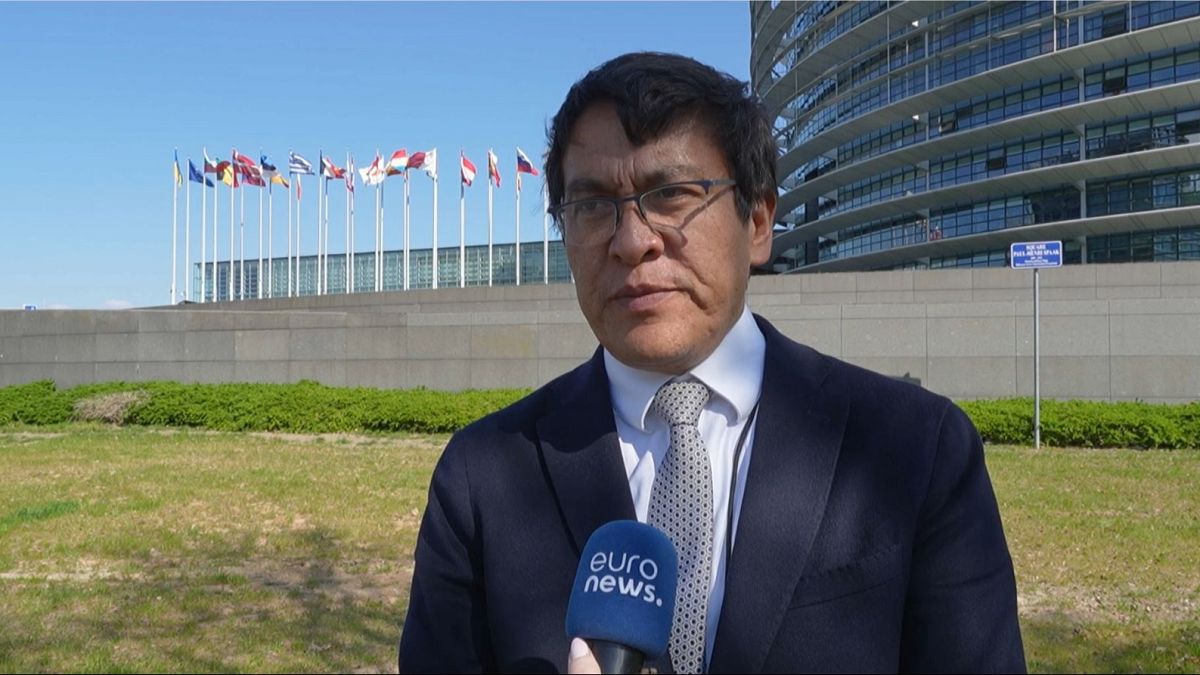
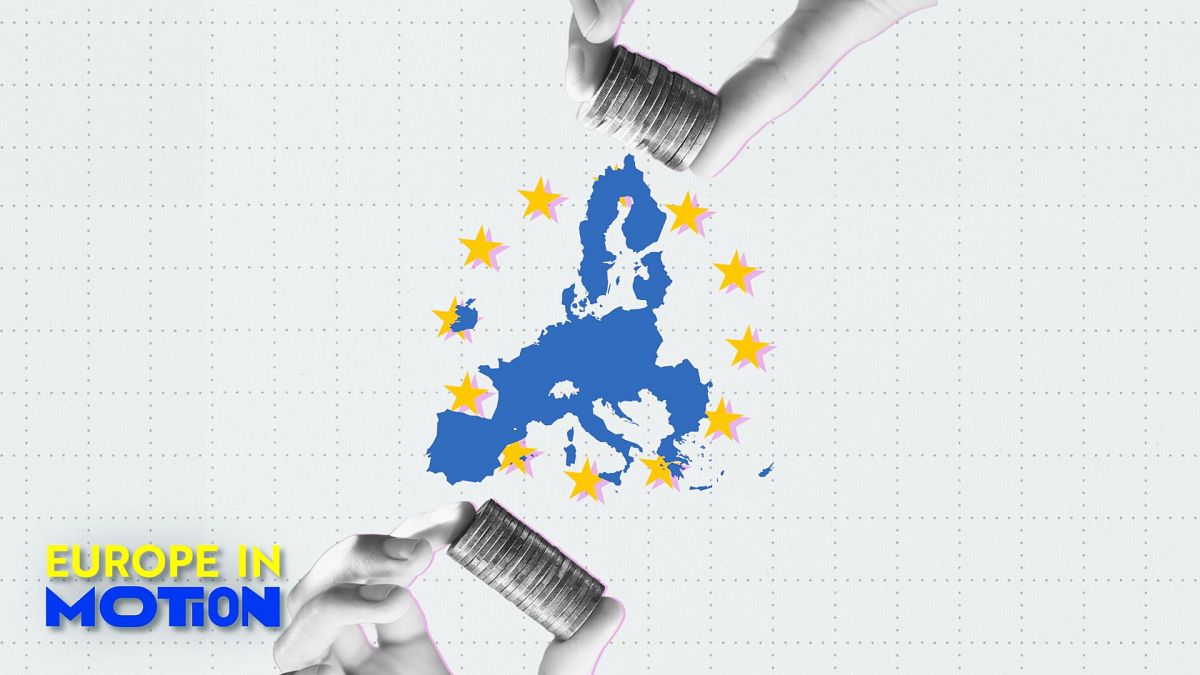
 We deliver critical software at unparalleled value and speed to help your business thrive
We deliver critical software at unparalleled value and speed to help your business thrive






 English (US) ·
English (US) ·